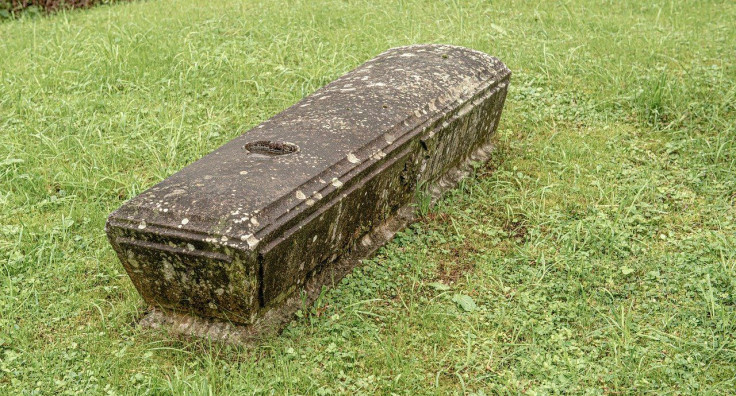Mummy Mystery: Scientists Solve The Case Of Fetus Hidden In Mummified Bishop's Coffin
KEY POINTS
- Researchers discovered a fetus in the coffin of a mummified bishop
- The fetus appeared to be hurriedly placed in the bishop's coffin
- Analysis showed that they shared about 25% of their genes
Researchers have finally solved the mystery behind the fetus found inside the coffin of a mummified bishop from the 1600s. Based on their study, the fetus is likely the man's grandson.
Bishop Peder Windstrup was a prominent man in both the academia and the church in Denmark during the 17th century, the researchers of a new study published in the Journal of Archaeological Science said. In 2012, long after his death in 1679, his body was set to be moved and buried at the cemetery outside the Lund Cathedral.
The researchers saw this as an excellent opportunity to study the bishop's remains as it had been found to be well-preserved in previous openings. As Lund University noted in a news release, the bishop's is "one of the most well-preserved human bodies from the 1600s."
But when the researchers analyzed the body using tests such as CT scans and X-rays, they found out that the bishop actually wasn't alone in the coffin, as there was a 5- to 6-month-old fetus below the bishop's right tibia.
Mummy Mystery
According to the researchers, it wasn't really unusual for children to be placed in the coffin of an adult even if they were not related. It might have been the same for the bishop's case since the placement wasn't exactly "reverential."
"Instead, the wrapped foetus was shoved into the plant residues under the silken lining, and in the process, displacing the lower legs of the bishop," the researchers said, noting that it also appeared to have been placed in a hurry.
What's more, records showed that there were, indeed, other coffins of children in Lund Cathedral. However, there were still lingering questions as to why the fetus had been placed in the bishop's coffin.
"Placing a coffin in a vault is one thing, but placing the foetus in the bishop's coffin is quite another. It made us wonder if there was any relationship between the child and the bishop," one of the lead researchers of the study, Professor Torbjörn Ahlström of Lund University, said in the news release.
What was the fetus' relationship with the bishop?
To find out whether the fetus and the bishop were related or not, the researchers conducted a genomic analysis. Through it, they confirmed that the fetus was a boy and that the bishop and the fetus actually shared 25% of their genes. According to the researchers, it means that they likely had a second-degree relationship, in this case from the father's side.
Considering the bishop's family history, the researchers deduced that the fetus was likely the bishop's grandson from his son, Peder.
"With the results from the aDNA analysis at hand and the genealogy, the only person able to provide a second-degree relative to Peder Winstrup through paternal lineage was his son, Peder," the researchers wrote.
Foetus in mummified bishop’s coffin was probably his grandson: https://t.co/YbnYm2zDEc #Archaeology #osteology #mummy #history pic.twitter.com/UUeBN102x1
— Lund University (@lunduniversity) April 7, 2021
It's unclear when the bishop's son died, but it is said that the Winstrup family's male lineage also died when he did. As such, placing the fetus with the bishop might have been a symbolic gesture.
"(H)e had given birth to a son, albeit stillborn," Lund University said.

© Copyright IBTimes 2024. All rights reserved.






















